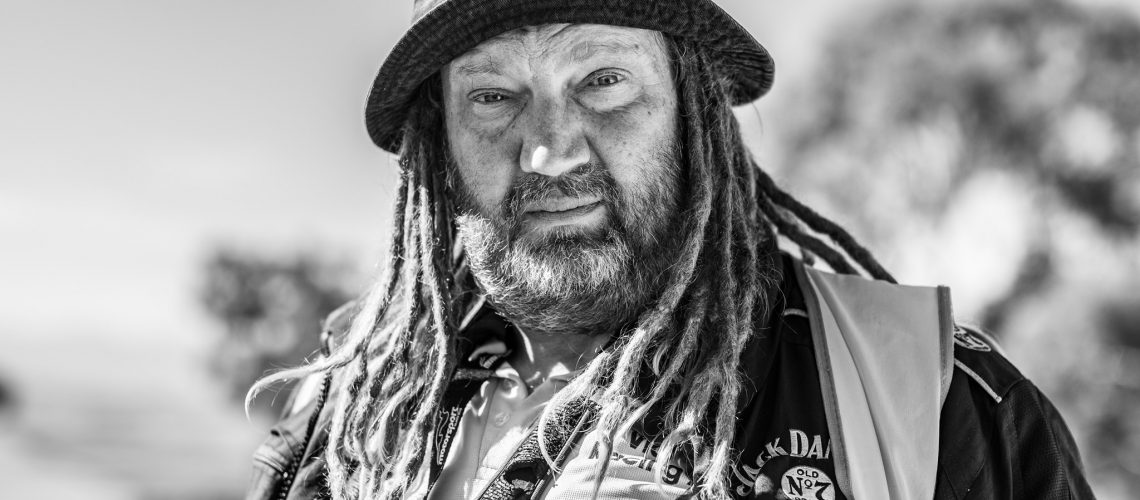When it comes to activities that combine creative flair, technical knowledge and an adrenaline rush, it is hard to go past motorsport photography.
At racing events, photographers strategically place themselves in areas where action or incidents are likely to occur, keeping their finger delicately poised on the shutter button, in the hope of capturing a magic moment.
Phil Wisewould knows all about the ups and downs of motorsport photography, having been involved in the field for more than 15 years and attending a variety of race meetings from state and club level events all the way up to the Bathurst 1000.
“From when I was in my early 20s, I always followed car racing with my friends and family – we were regulars at Sandown and Calder Park,” Phil recalled.
“I didn’t really become interested in photography until about 2005, when digital technology became accessible and affordable.
“At that stage, there were no social media platforms but there was a website, V8 Central, which was a discussion platform for motorsport enthusiasts; it gave me an outlet to start sharing photos and get further into the photography game.
“My work started to get recognised in the industry and I started to get media accreditation for bigger events like the Bathurst 12 Hour.”
The event that really thrust Phil’s photography abilities into the spotlight was the 2010 Bathurst 1000, where he captured Fabian Coulthard’s spectacular rollover at The Chase on the opening lap.
“I happened to be in the right place at the right time, and after the crash I showed photos to people in the team,” Phil recalled.
“Gerald McDornan was doing the media and PR for the team, and he helped me distribute my photos to some of Australia’s biggest newspapers. That was a pretty cool moment.”
Phil said becoming involved in motorsport photography takes perseverance, but is ultimately rewarding.
“The biggest piece of advice I would give to anyone looking to get into motorsport photography is to always have your camera ready, because you never know when something will happen,” he said.
“Having a presence on social media is important, to make sure your photos get noticed, but it’s also important to go and talk to drivers and categories, make friends and show off photos. Once your work starts to get recognised, that’s when the opportunities start to flow.”
A common question asked by aspiring photographers relates to the amount of money one needs to invest in camera gear. Phil said it is very easy to spend a lot of money, but good results are achievable without needing to go overboard.
“When I started out, I bought everything second-hand and while my equipment wasn’t perfect, it was good enough for me to learn and improve my craft,” he said.
“After a while, I wanted to upgrade so I could improve the quality of what I was capturing, so I invested in a couple of extra camera lenses and a better computer for editing my images.
“For motorsport photography, good lenses are well worth the expense. When you start out, you can get away with a kit lens (the one that comes standard with the camera) but as you improve, you will want something that is quicker to focus on moving objects, which is where the higher-end lenses are much better.”
In today’s highly commercial and media-driven motorsport environment, photographers play a crucial role in capturing content that is used by drivers, teams and categories to promote themselves and their sponsors, as well as engaging with fans on social media channels. But Phil said photographers also have their part to play in trackside operations.
“Sometimes, if a car crashes or stops in a particular position, we might be closer than the nearest flag marshal, so we need to know how to signal if a driver is okay or needs assistance,” he explained.
“One of the biggest pieces of advice I would give to new photographers is to always be facing the track. As well as being important for your own safety, it also maximises your chances of being in the right place to capture the money shot.”
When photographers are so close to the action, it is important to ensure they are protected by insurance cover and the AASA makes annual and single-event media licences available for this purpose.
“When we’re by the side of the track, there’s obviously a risk involved in what we do, so event promoters are looking for photographers who are covered – the AASA media licence provides us with that protection,” Phil said.
“Overall, motorsport photography is something I love – it allows me to attend some awesome events and share my passion for the sport with others.”








